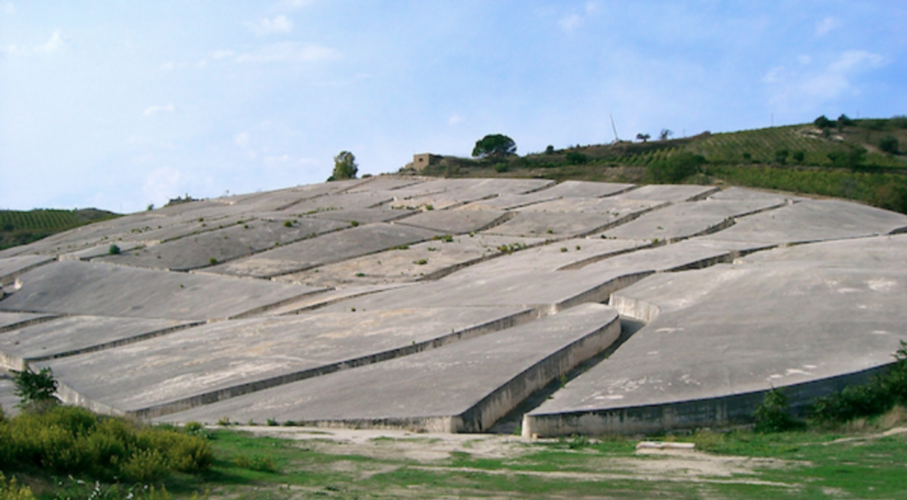RE:CONSTRUCTION – Studio Sobejano
Introduction
“Destruction is difficult. Indeed it is as difficult as creation.” (Antonio Gramsci)
“It is a bitter and humiliating thing to see works, which have cost men so much time and labour, overthrown in one minute; yet compassion for the inhabitants is almost instantly forgotten, from the interest excited in finding that state of things produced in a moment of time, which one is accustomed to attribute to the succession of ages.” (Charles Darwin, Chile 1835)
“Archaeologists are divided on the importance of earthquakes in the development of civilization. Most present- day archaeologists claim that earthquakes have had little to do with historical demises. They prefer to attribute the collapse of civilizations to human agency: war, invasion, social oppression, environmental abuse and so on.” (Andrew Robinson, Earthquake: Nature and Culture)
Background
Italy’s history is dotted with earthquake disasters large and small. Cities and towns in earthquake zones, most of which are centuries old, are often severely destroyed, with reconstruction taking decades and playing out in different ways depending on historical, political, geographical and material factors.
For this semester we are looking at the small town of Visso in Central Italy. The town was, like many cities in the area, vastly damaged by earthquakes in 2016. Throughout our research in collaboration with local archeologists and universities, the town of Visso proved to be exceptionally well documented before and after the earthquake. Given the digital nature of this course, students now have the chance to start design work on the basis of this in-depth documentation, as field work is not possible during the current pandemic. Four years have passed since the natural disasters took place (4 separate earthquakes over the course of ca. 6 months resulting in a stratification of destruction), affording a certain degree of perspective.
Objectives
In our design studio, we want to deal with the traditional and modern processes of post- earthquake reconstruction on the one hand, and examine the social-cultural dimension of place, material and history in earthquake zones on the other. Can repeating earthquakes and the subsequent processes of reconstruction serve as micro-examples or experiences of a wider global scenario, a sort of palimpsest for scenarios of destruction?
Teams
The research and the project will be developed in teams of two or three students.
Course Direction:
Professor: Enrique Sobejano
LB: Gustav Düsing
Semester guest critic: Chiara Siravo
WM: Lisa Tiedje
Tutors: Charlotte Schönberger, Lena Brandt, Helene Peters, Lorenz Sedlmayr
Studio Online: Wednesdays 16:00-19:00 (unless otherwise communicated)
Semester Presentation, Introduction: Wed 04 NOV 16:30, in the digital space
the invitation will be send out via Email
course registration:
moodle.udk-berlin.de/moodle/course/view.php
Erasmus students without UdK Email adress please register via Email to e.parkmann@udk-berlin.de
